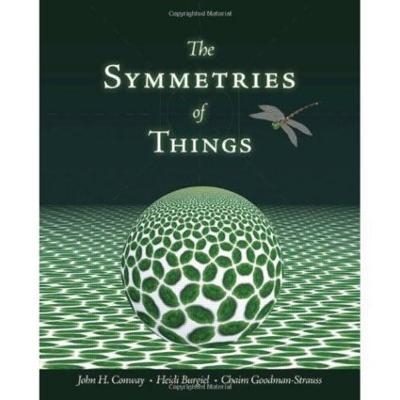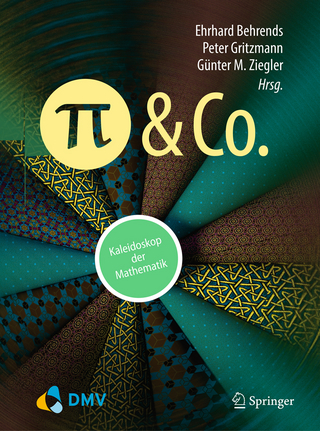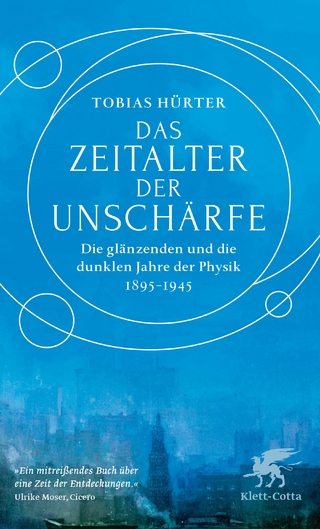
The Symmetries of Things
A K Peters (Verlag)
978-1-56881-220-5 (ISBN)
Start with a single shape. Repeat it in some way—translation, reflection over a line, rotation around a point—and you have created symmetry.
Symmetry is a fundamental phenomenon in art, science, and nature that has been captured, described, and analyzed using mathematical concepts for a long time. Inspired by the geometric intuition of Bill Thurston and empowered by his own analytical skills, John Conway, with his coauthors, has developed a comprehensive mathematical theory of symmetry that allows the description and classification of symmetries in numerous geometric environments.
This richly and compellingly illustrated book addresses the phenomenological, analytical, and mathematical aspects of symmetry on three levels that build on one another and will speak to interested lay people, artists, working mathematicians, and researchers.
John H. Conway is the John von Neumann Chair of Mathematics at Princeton University. He obtained his BA and his PhD from the University of Cambridge (England). He is a prolific mathematician active in the theory of finite groups, knot theory, number theory, combinatorial game theory, and coding theory. He has also contributed to many branches of recreational mathematics, notably the invention of the Game of Life. Heidi Burgiel is a professor in the Department of Mathematics and Computer Science at Bridgewater State College. She obtained her BS in Mathematics from MIT and her PhD in Mathematics from the University of Washington. Her primary interests are educational technology and discrete geometry. Chaim Goodman-Strauss is a professor in the department of mathematical sciences at the University of Arkansas. He obtained both his BS and PhD in Mathematics at the University of Texas at Austin. His research interests include low-dimensional topology, discrete geometry, differential geometry, the theory of computation, and mathematical illustration. Since 2004 he has been broadcasting mathematics on a weekly radio segment.
Symmetries of Finite Objects and Plane Repeating Patterns
Symmetries
Planar Patterns
The Magic Theorem
The Spherical Patterns
Frieze Patterns
Why the Magic Theorems Work
Euler’s Map Theorem
Classification of Surfaces
Orbifolds
Color Symmetry, Group Theory, and Tilings
Presenting Presentations
Twofold Colorations
Threefold Colorings of Plane Patterns
Searching for Relations
Types of Tilings
Abstract Groups
Repeating Patterns in Other Spaces
Introducing Hyperbolic Groups
More on Hyperbolic Groups
Archimedean Tilings
Generalized Schläfli Symbols
Naming Archimedean and Catalan Polyhedra and Tilings
The 35 "Prime" Space Groups
Objects with Prime Symmetry
Flat Universes
The 184 Composite Space Groups
Higher Still
| Erscheint lt. Verlag | 18.4.2008 |
|---|---|
| Reihe/Serie | AK Peters/CRC Recreational Mathematics Series |
| Verlagsort | Natick |
| Sprache | englisch |
| Maße | 235 x 191 mm |
| Gewicht | 980 g |
| Themenwelt | Sachbuch/Ratgeber ► Natur / Technik ► Naturwissenschaft |
| Mathematik / Informatik ► Mathematik ► Geometrie / Topologie | |
| ISBN-10 | 1-56881-220-5 / 1568812205 |
| ISBN-13 | 978-1-56881-220-5 / 9781568812205 |
| Zustand | Neuware |
| Informationen gemäß Produktsicherheitsverordnung (GPSR) | |
| Haben Sie eine Frage zum Produkt? |
aus dem Bereich


